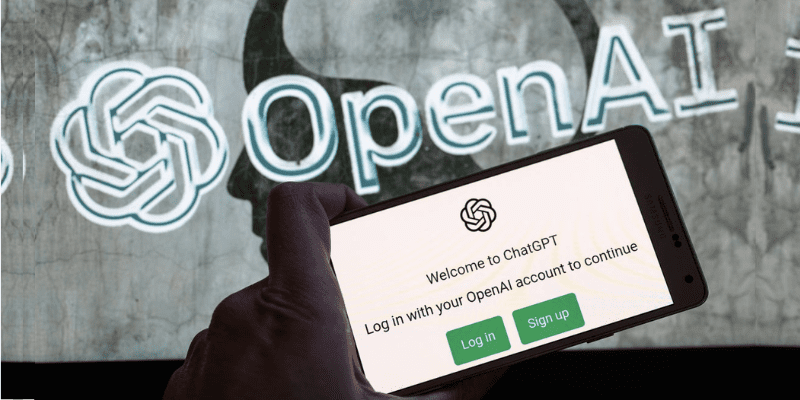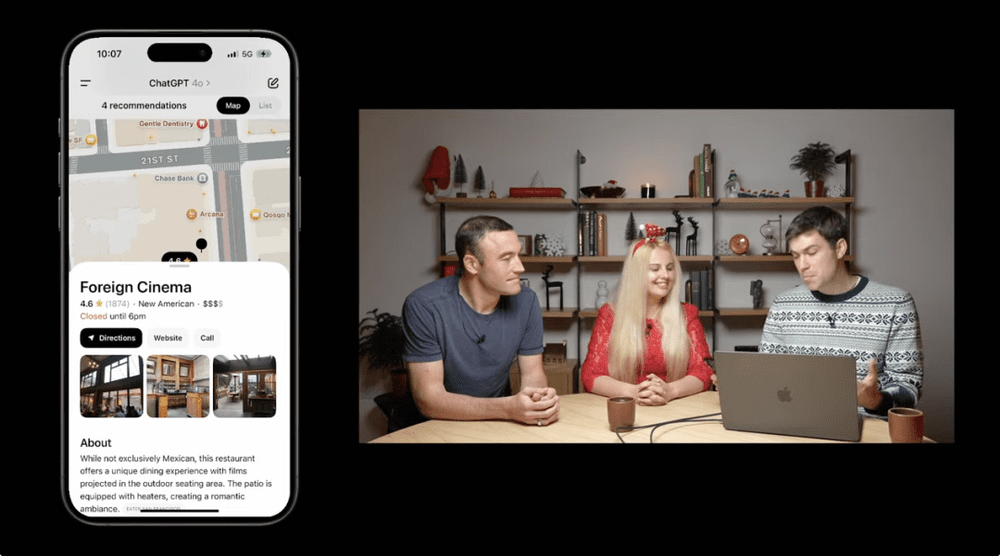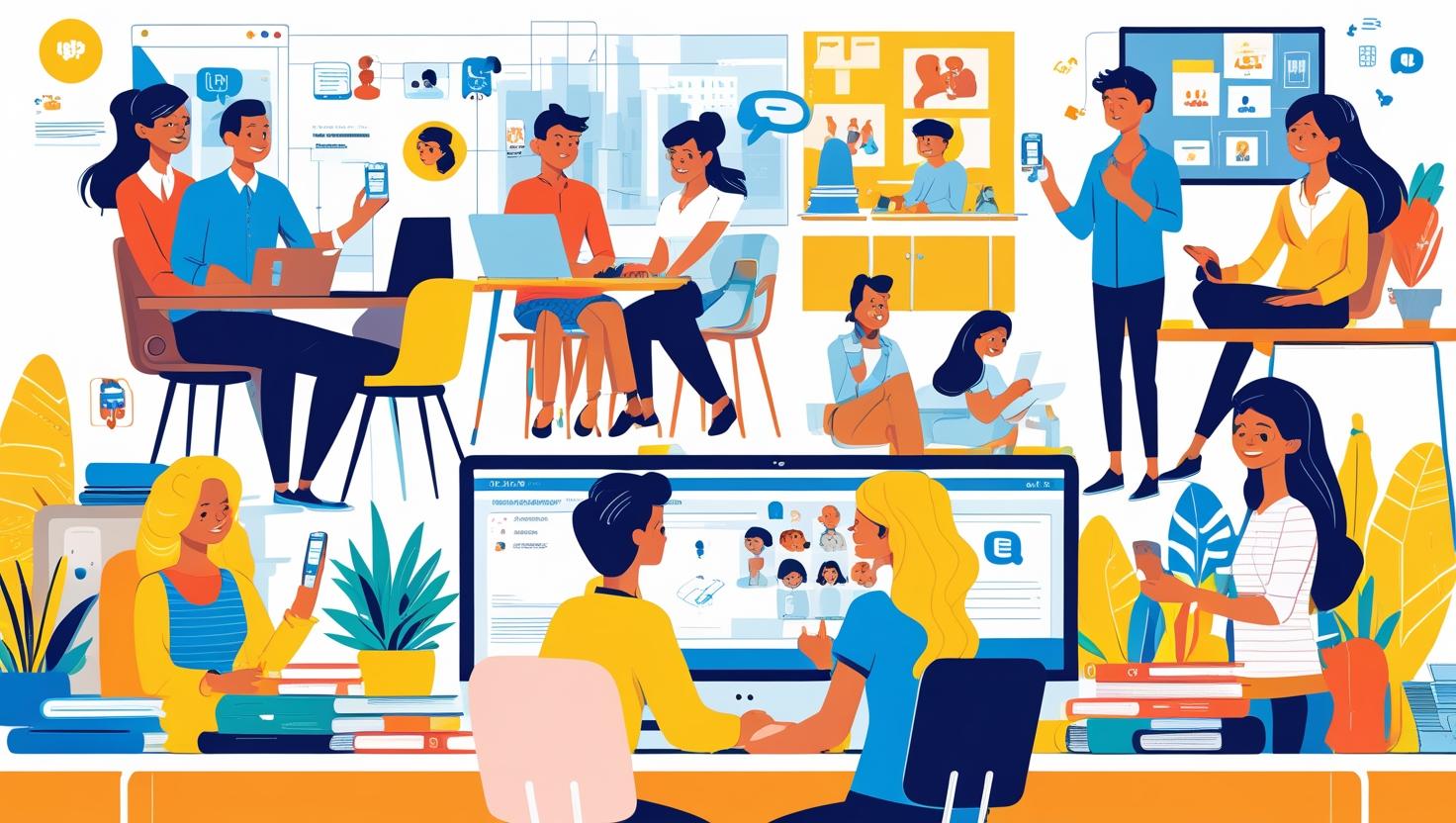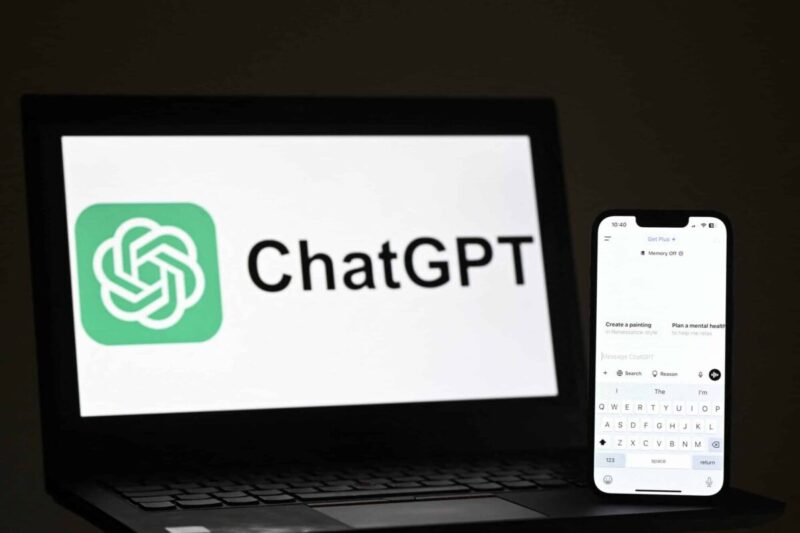ChatGPT is likely the most common AI resource available online, but aside from a handful of hobbyists, not many people are using it as part of employment. An OpenAI report shows that 73% of all chats with ChatGPT in June 2025 were entirely not work-related, representing a spike from 53% last year.
That is nearly three out of four discussions now built around individual questions, research, or small talk rather than work. The shift is a testament to how ChatGPT has evolved from being used at work and now being an everyday friend for millions of people worldwide.
The report is the largest study ever conducted on ChatGPT usage. It analyzes billions of messages to show who is using the chatbot, what they are asking, and how those habits are changing. OpenAI’s findings reveal that users are turning to the tool for information, guidance, and brainstorming, but also for entertainment and emotional support

Who is using ChatGPT?
Young adults use ChatGPT the most. According to the report, people younger than 35 years old make up 46% of all users. It is a generation already familiar with the application of digital technology and guaranteed to interact with artificial intelligence to learn, entertain, and experiment creatively. It also shows a change in the gender division of participants.
In the beginning, men dominated. Since then, it has been different, with 52% of users having historically female names as opposed to 37% when it initially went online in January 2024. OpenAI numbers also reveal a disparity in how women and men use ChatGPT: women prefer writing assistance and day-to-day advice, while men increasingly request technical explanations, research, and multimedia-related activities.
See also: ChatGPT continues remarkable run, adds 1 million users in 24 hours
Geographically, OpenAI enjoyed usage from nearly every nation in the world, with broad usage in North America, Europe, and Asia. The company clarified that such global world exposure has an impact on how it trains and keeps ChatGPT to handle a variety of cultural and language environments.


How people are using ChatGPT
OpenAI learned that most of the dialogue in ChatGPT centres around research and advising rather than just doing tasks. Nearly half of all messages ask for information or advice related to personal matters like health, relationships, school, and interests. Nearly a third of messages ask the chatbot to do tasks like generating reports, rephrasing text, or writing code.
In the workplace, writing is still the number one usage, with 40% of workplace tasks. This includes emails, reports, and presentations. In the report, it was highlighted that while writing is still the number one usage in the workplace, it has become the third number one usage in non-workplace talk, edged out by more generic talk and asking for advice.
The conversion to non-work usage is perhaps an indication of the way humans are becoming accustomed to talking to AI as one would talk to a friend or a teacher. Writing prompts, brainstorming, language rehearsal, and relaxed Q&A now make up much of the communication that passes daily. OpenAI said the increase from 53% to 73% non-work usage within a period of one year is the largest change it has seen since it released the chatbot.
A new dynamic relationship with AI
The best part is that ChatGPT is evolving into something more than a productivity office tool, it is evolving into a component of the day-to-day life of people. OpenAI revealed that it will continue to monitor such trends to promote the tool’s capability to facilitate individual and professional discourse.


The report also describes how customer feedback is used to drive changes in the chatbot. OpenAI uses anonymous conversation data to enhance ChatGPT’s safety and performance, such as adding guardrails on sensitive information and making it easier to ask follow-up questions when users are not sure.
While the company shied away from speculating on future uses, available statistics indicate that the role of the chatbot in our lives is growing at an incredibly fast rate. The greater the amount of time spent by people asking personal questions and having casual conversations with ChatGPT, the less clear a distinction is that can be made between friend and colleague.








